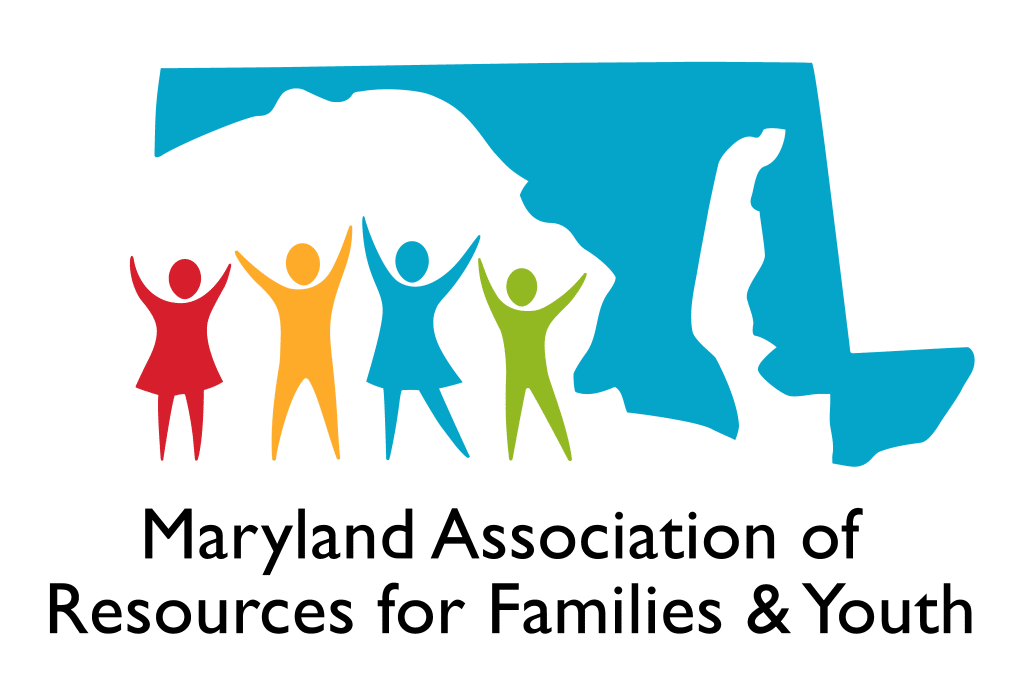It’s fall and along with it—the start of school and even in these unusual times, the beginning of many new activities. One traditional fall activity for many nonprofits is the annual (or semi-annual) board member development effort in anticipation of the nominations and on-boarding processes for new board members and new officers.
What does the board development process look like in your organization? Do you have a short meeting a few weeks before your annual meeting where you create a list of potential members and then cross your fingers that each person will say yes when you reach out to each in a desperate plea for board membership? Or, have you created a more intentional and comprehensive approach to board development? The Standards for Excellence: An Ethics and Accountability Code for the Nonprofit Sector suggests that boards “should establish a rigorous board development strategy for recruiting and selecting new members and ensuring that the board has an appropriate mix of talent, connections to the community, and diversity.” The Standards for Excellence code goes on to state, that “the board, in partnership with the executive, should engage in coordinated succession planning and leadership development to ensure a thorough process for recruiting and developing new board . . .leaders.” Of course, each organization should ensure that its board development process is consistent with its bylaws.
The board member selection process is often headed by the Nominating or Board Development Committee (or Board Governance Committee). As a first step in the selection process, the committee should evaluate the skills, expertise, and demographic backgrounds of current board members to determine what characteristics they are lacking and would be looking for in future members. A list of potential board members should be compiled based on how potential candidates may be able to fill the needs within your organization at the present time. It is important that the board keeps in mind that diversity among board members should be embraced and strengthened. Additionally, in some cases, bylaws may outline certain criteria or characteristics among board members. For instance, some organizations may have requirements related to geographic representation, status as a client/former client, or even professional background.
Prospective board members can be suggested from various sources and the board and its committees should maintain confidentiality in the selection and recruitment process. Potential candidates should be interviewed, ideally by several board members. It is also recommended that the executive director be given a chance to meet prospective board members. As part of this process, the expectations or job descriptions for individual board members should be shared and clearly reviewed with candidates (no new board member should receive the board job description after they are already elected!). In addition, the prospective board member’s interests and background should be discussed. A mutual understanding of the organization’s mission should be established and the role that the board plays in fulfillment of that mission should be clearly conveyed.
Of course, board members may be elected to the board by the board itself (self‑perpetuating); by a broader organization membership, if such exists and is given that power; or by nomination from a third party in accordance with the organization’s bylaws.
For more information on the composition of nonprofit boards and the processes you can embrace for stronger board development efforts, we encourage you to check out the Standards for Excellence educational resource packet Board Composition and Independence. This packet includes discussions and resources on the board development and nominating process, including a job description for a board development or nominating committee, a sample matrix for board member composition and much more. For a discussion of diversity in board membership see below and refer to the Standards for Excellence® educational resource packet on Diversity, Equity and Inclusion. Sample board member position descriptions can be found in the Standards for Excellence educational resource packet, Board member responsibilities.
This educational resource packet and the full series of all packets – including sample policies, tools and model procedures to help nonprofits achieve best practices in their governance and management – can be accessed by contacting a licensed Standards for Excellence replication partner, one of the over 150 Standards for Excellence Licensed Consultants, or by becoming a member of the Standards for Excellence Institute.

Amy Coates Madsen is the Director Programs for Maryland Nonprofits and the Director of the Standards for Excellence Institute, a national initiative to promote the highest standards of ethics and accountability in nonprofit governance, management, and operations, and to facilitate adherence to standards by all organizations. The Standards for Excellence Institute is a program of the Maryland Association of Nonprofit Organizations where Amy has served for more than twenty-four years. Amy is responsible for coordinating all aspects of the association’s comprehensive ethics and accountability program and efforts to replicate the program nationally. She serves as a frequent trainer and writer in the areas of board conduct, program evaluation, program replication, fundraising ethics, and nonprofit management. She has taught courses on nonprofit ethics and accountability at the Johns Hopkins Institute for Policy Studies Certificate Program on Nonprofit Management.




